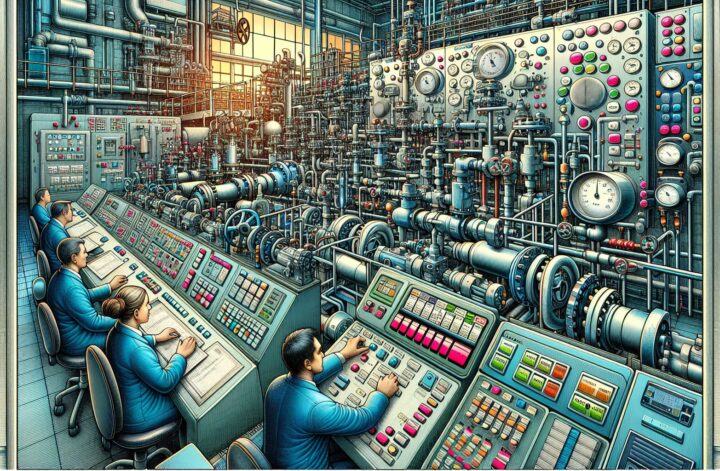Valve control optimization is a fitting topic of discussion in industries centered on the use of valves, both manually controlled or automated. May it be in water distribution systems, power generation installations, petroleum refineries, or chemical plants, valves play a critical role in ensuring the optimum flow of fluids in a system.
Optimization, on the other hand, is the process of making the best or most effective use of a resource or system. Hence, valve control optimization refers to the series of actions aimed at maximizing the efficiency and effectiveness of valves regarding their control, performance, and functionality.
Throughout this article, we will delve deep into the elements of valve control optimization, why it is crucial in industrial settings, and how it can be achieved.
Understanding Valve Control
Before we go into the details of optimization, it’s best to have a clear understanding of valve control. Valves are control elements within a system used to modulate the flow of fluids like gas and liquids. Control, in this context, is all about the systematic regulation of the valve in response to the operational needs of the entire system [^1^].
Valve control can either be manual or automated. Manual valve control relies on human operators physically adjusting the valves based on system needs. However, this method requires continuous monitoring and can be prone to human errors. To minimize these challenges, a large chunk of modern industries have adopted automated valve control systems. These systems use control algorithms and software to improve system efficiency, accuracy, and safety while also reducing the need for constant human intervention.
The Importance of Valve Control Optimization
Why is all the emphasis placed on optimizing valve control? The reason is simple — optimized valves ensure the safe, effective, and efficient operation of an industrial system.
In essence, optimizing valve control can-
- Improve the overall efficiency of a system,
- Reduce operational and energy costs,
- Enhance processing speeds,
- Minimize the possibilities of system failures and downtime,
- Ensure safety and reliability,
- Increase the lifespan and durability of the valves and the associated equipment.
How To Achieve Valve Control Optimization?
Several factors need to be considered for optimizing valve control. Here’s a brief rundown:
-
System Analysis: Start with a detailed analysis of the entire system. Understand how each part complements the others and identify the crucial function of valves in the mechanism.
-
Valve Selection: Choose the right type of valve according to the needs. There are several types of valves available (e.g., gate valves, ball valves, check valves, etc.) which have unique features and uses.
-
Control Schemes: Implement effective control schemes such as On-Off control, Proportional control, or PID control. Depending upon the system’s requirements, every control scheme provides its advantages and challenges.
-
Maintenance: Regular maintenance and monitoring help in detecting any functional issues and rectifying them before they become major problems. This should include seal replacements, lubrication, performance testing, and more.
-
Automation: Where possible, implement automated control systems. This can greatly enhance the efficiency and precision of valve control operations, reducing the possibility of human errors [^2^].
In a nutshell, valve control optimization is a continuous and systematic process. As technology advances, so should your strategies and methods for optimizing valve control.
In an era defined by speed, efficiency, and automation, industries that heavily rely on valves for their operations need to align themselves with the ongoing trends. Given that, valve control optimization is not only a matter of choice but a necessity.
[^1^]: Bennett, S. (1992). A history of control engineering, 1930-1955. IET.
[^2^]: Zhuang, J., & Atherton, D.P. (1993). Automatic tuning of optimum PID controllers. IET.




